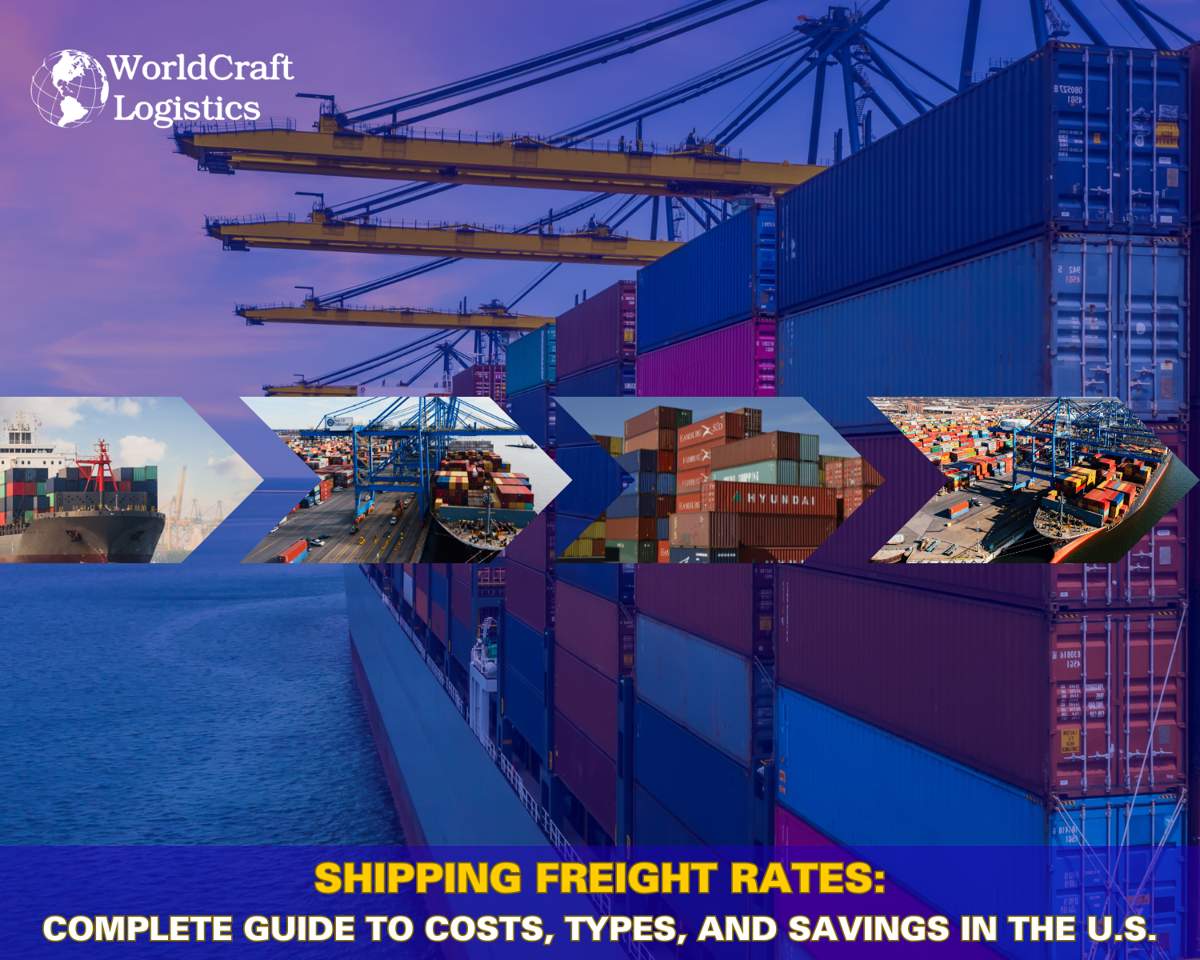
Starting June 1st, 2023 Our warehouse fee will be $0.65/cubic foot per month
In effort to lower the warehouse storage fee during inflation, we have went narrow aisle racking.This construction took us four months but the project is finally completed. With narrow aisle racking, we are able to drop storage by 24%.We as partners will go through this inflation together.
03/15/2023
Choosing the right type of sea or rail transport for importing or exporting goods can be challenging for many companies involved in international trade. When shipping products by sea, for example, from China or by rail to European countries, businesses must decide between FCL (full container load) and LCL (less container load) shipping. By considering the volume, weight, and quantity of goods, companies can select the most suitable form of transport for their products.
FCL and LCL Shipping Options
When importing products from China by sea, it is essential to be aware of the waiting period, as cargo typically arrives no earlier than 30 days after the ship departs from the port. However, the lower price of sea freight compared to air freight compensates for the longer waiting time. The choice between FCL and LCL often depends on the size of the load and the financial capacity of the business sending it. Many transport companies offer door-to-door or port-to-port container transport and organize containers for loading at customer-specified locations.
Distinguishing FCL and LCL
FCL: Full Container Load
FCL refers to the transportation of a full container, which is typically selected by larger businesses. When an entire container is dedicated to a single sender or recipient, this option is used. FCL is ideal for transporting larger and frequently oversized cargo. In this instance, the company purchases the entire container, regardless of its surface area or capacity.
LCL: Less Container Load
LCL, also known as groupage or unitized load, refers to the shipment of smaller quantities of goods. This option entails utilizing only a portion of a container and sharing the remaining space with shipments belonging to other companies. LCL is frequently chosen by business owners who import smaller quantities and is typically used for loads that do not exceed 12 tons. LCL shipping costs are proportional to weight and volume. The designated port for LCL transport is a consolidation warehouse, which is responsible for loading cargo for multiple recipients prior to sending the container to its final port of destination. The LCL waiting period is typically two weeks longer than the FCL waiting period.
Container Types
There are several container options available with different volumes, including:
Container Selection and Planning
The selection of containers is determined by the volume and weight of the cargo. Numerous Chinese companies manufacture goods in quantities tailored to container restrictions. Because freighters adhere to strict schedules, shipping can be planned well in advance. Typically, these ships dock at the largest European ports before transferring cargo to smaller vessels for further transport.
MintN

Education
01/05/2025

Education
02/18/2025

Education
01/01/2024

Education
08/28/2024

Education
09/09/2025